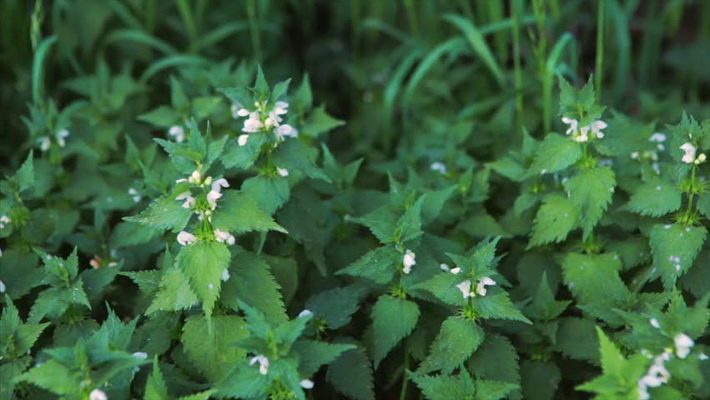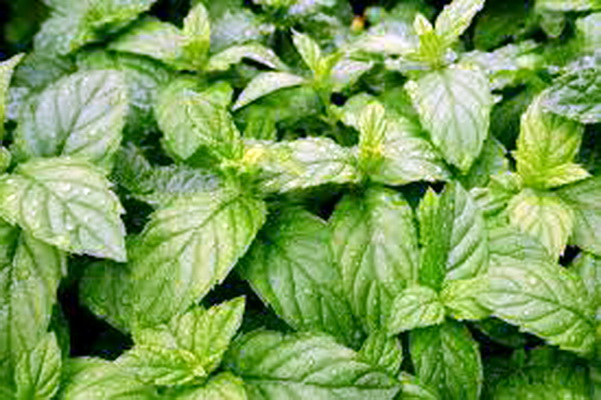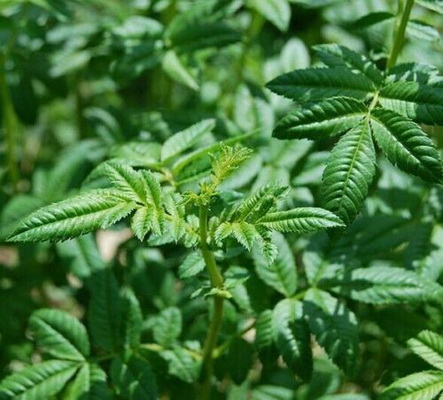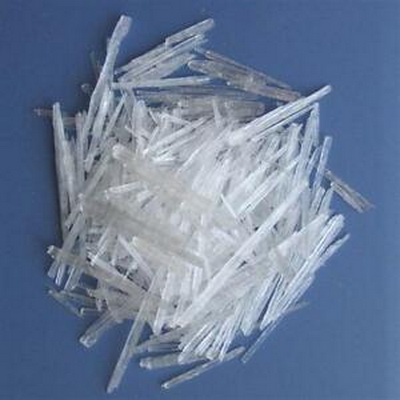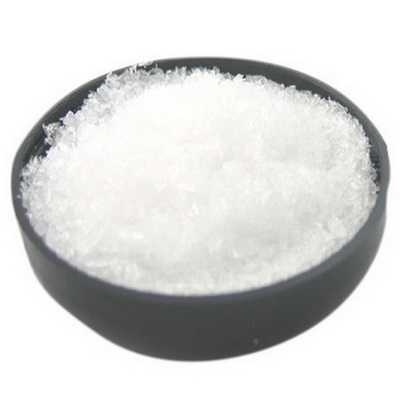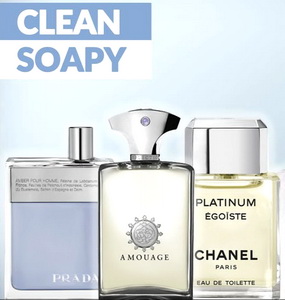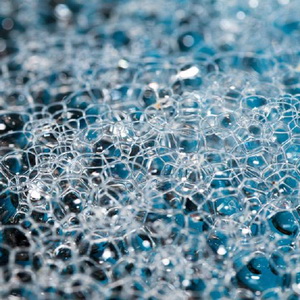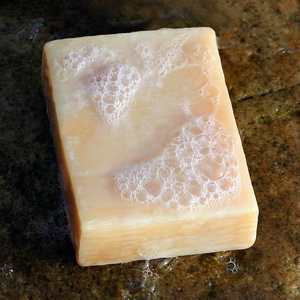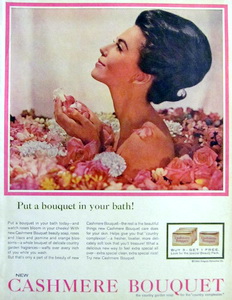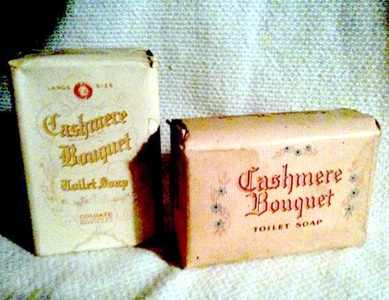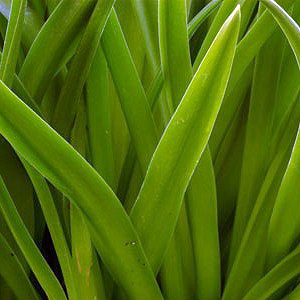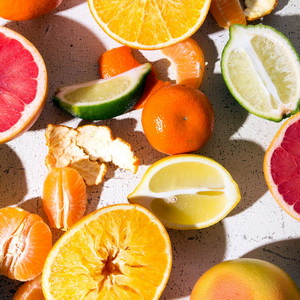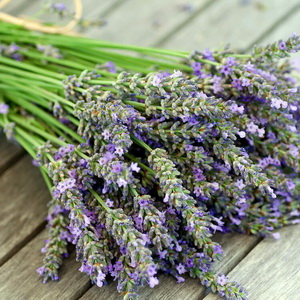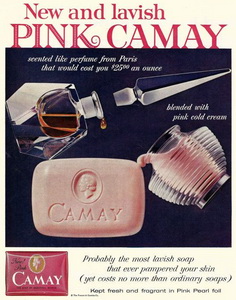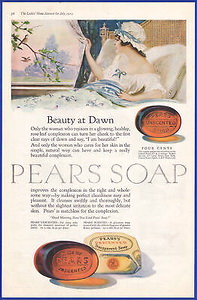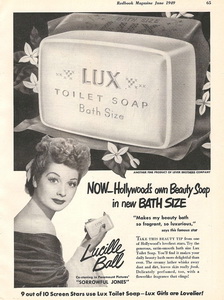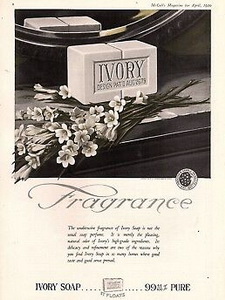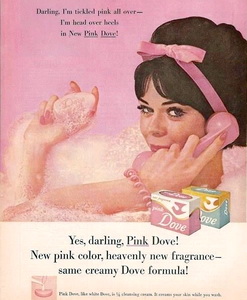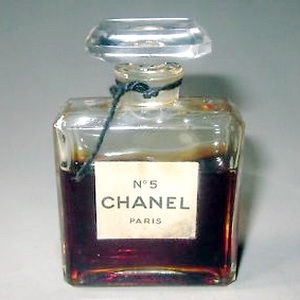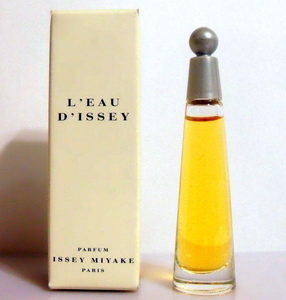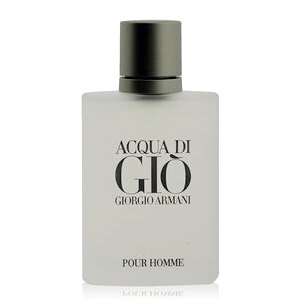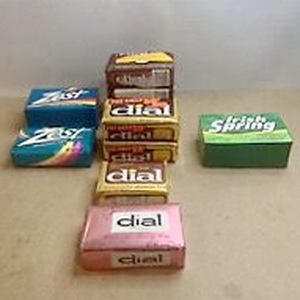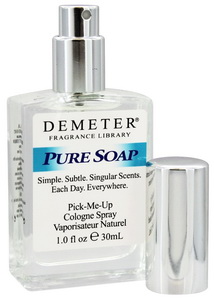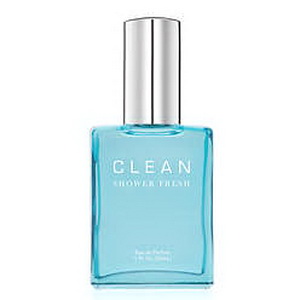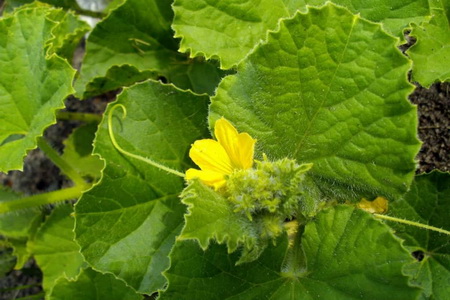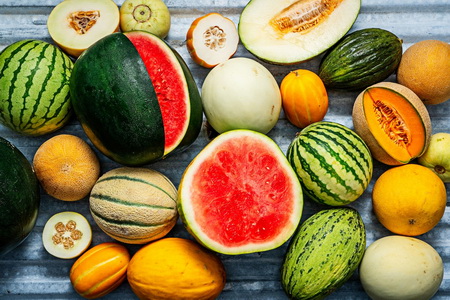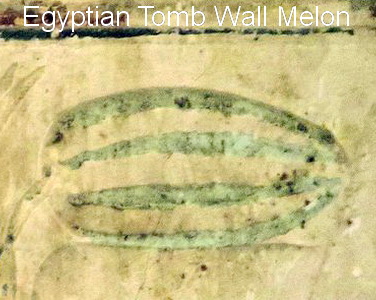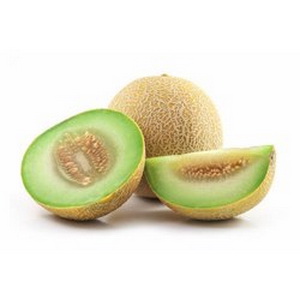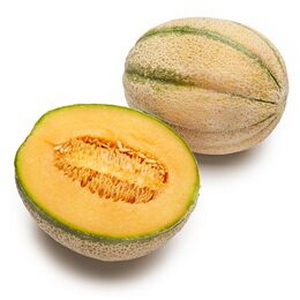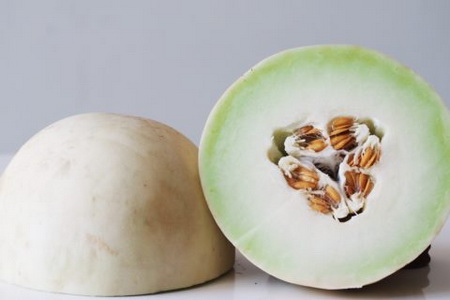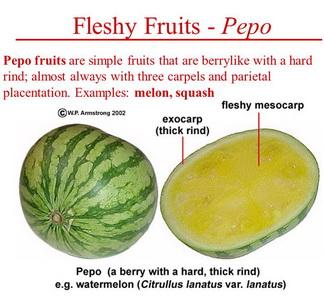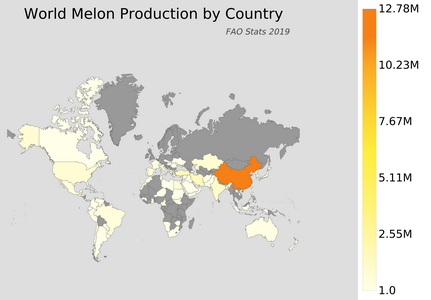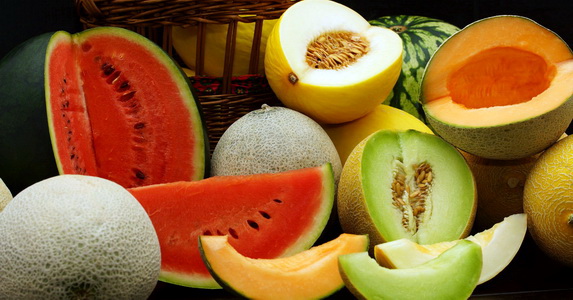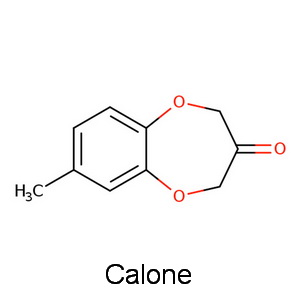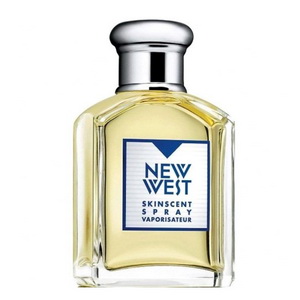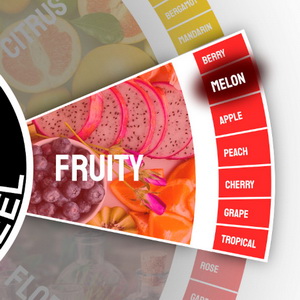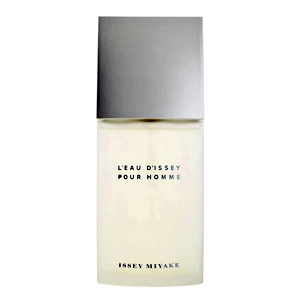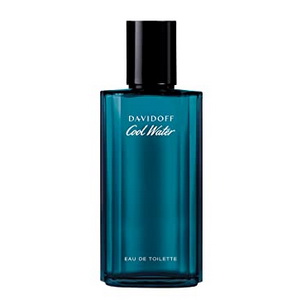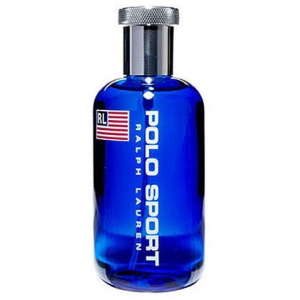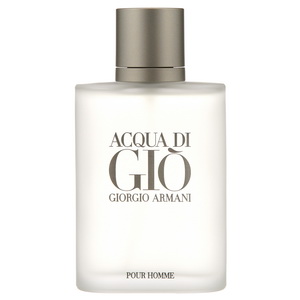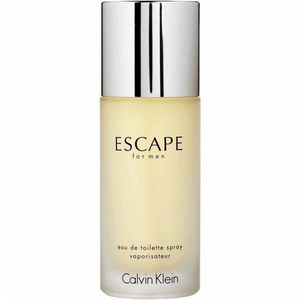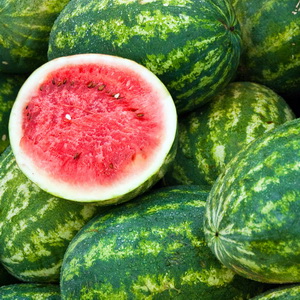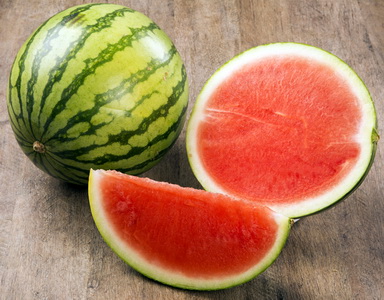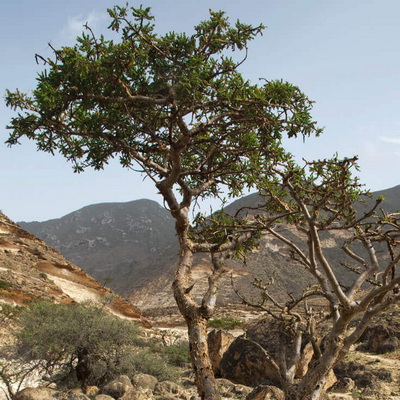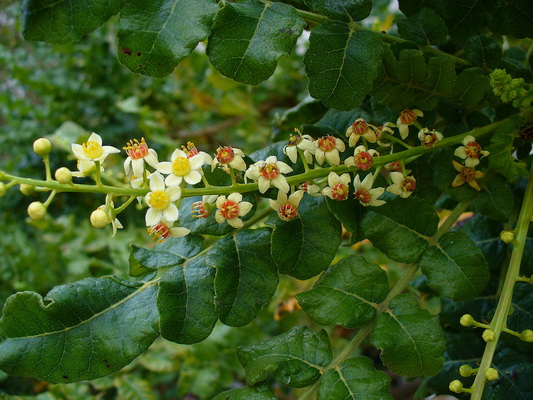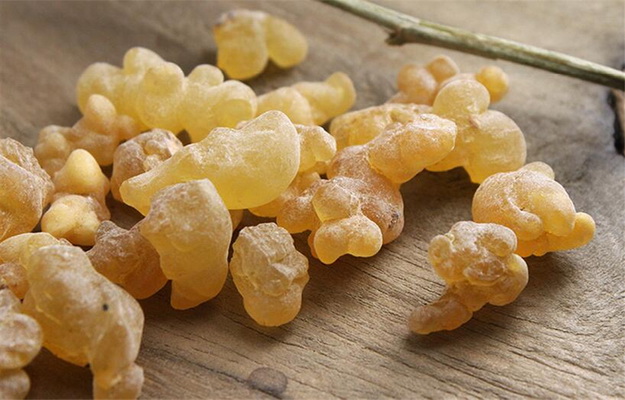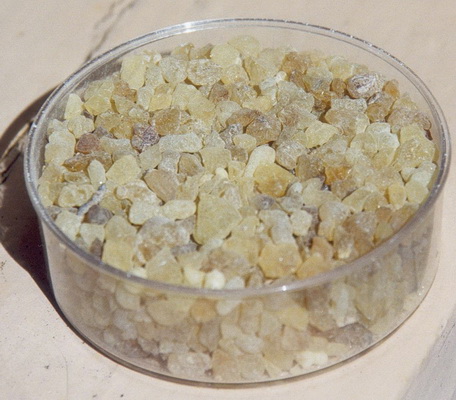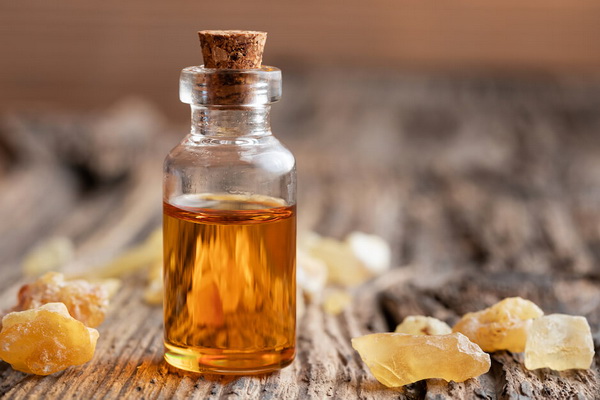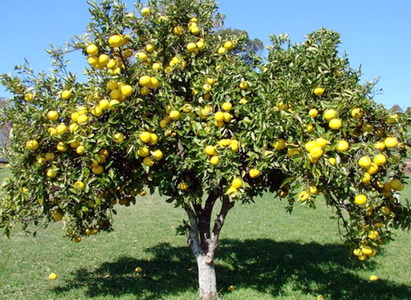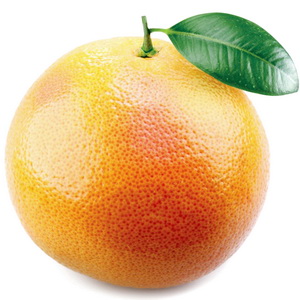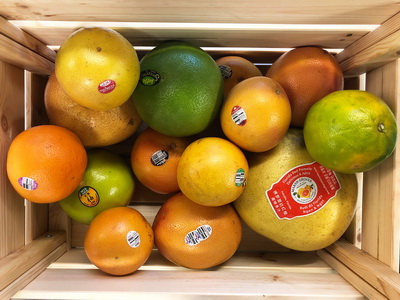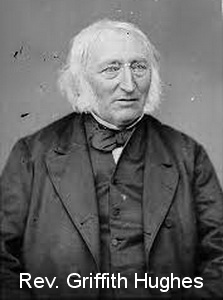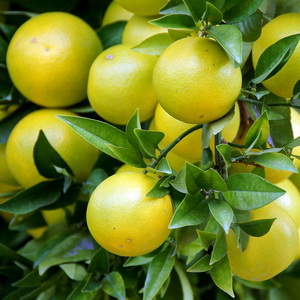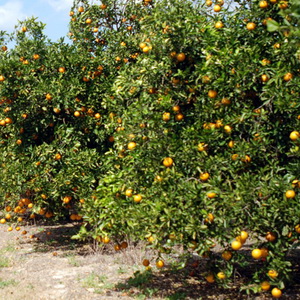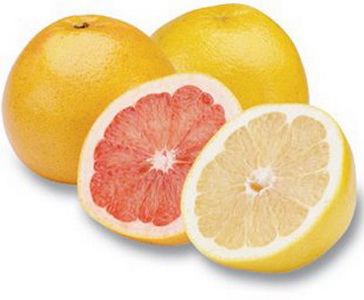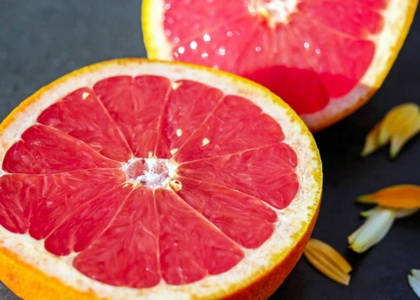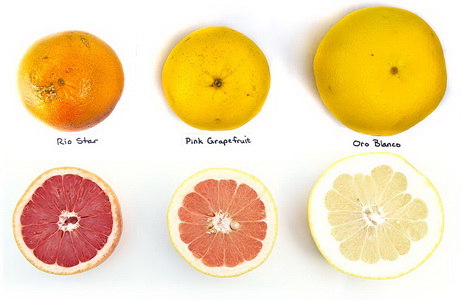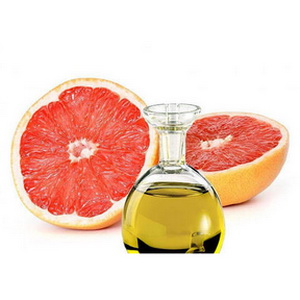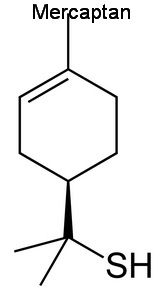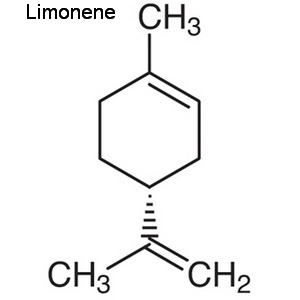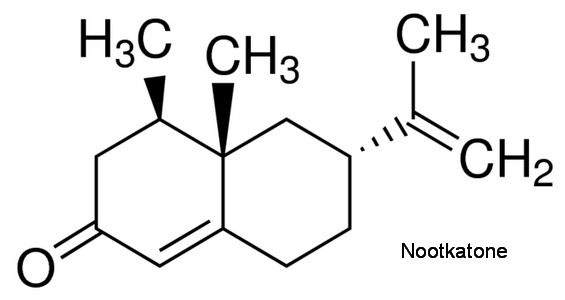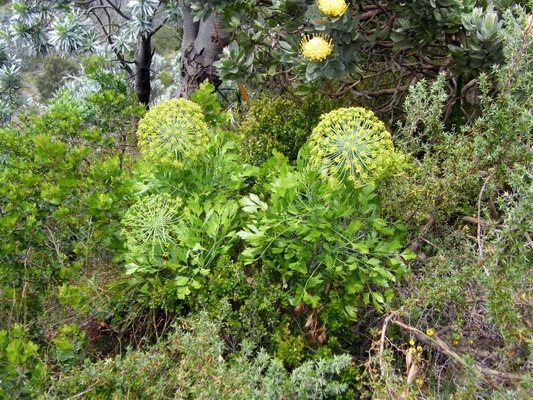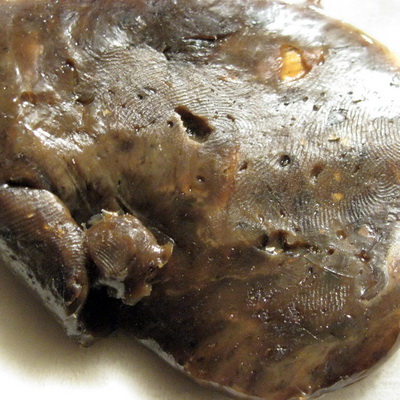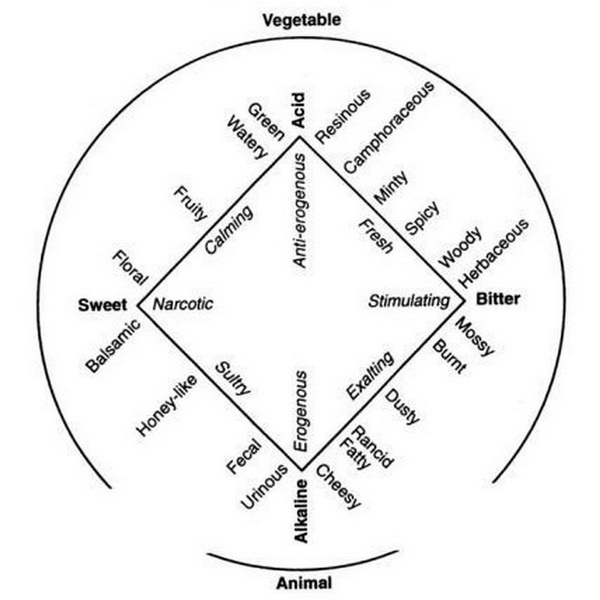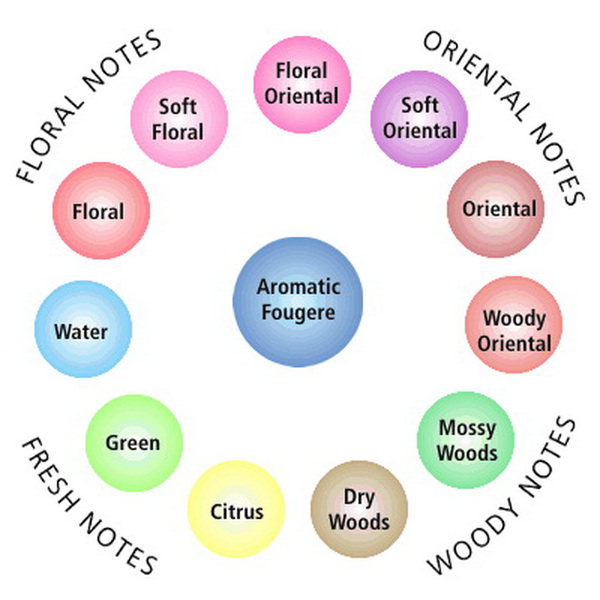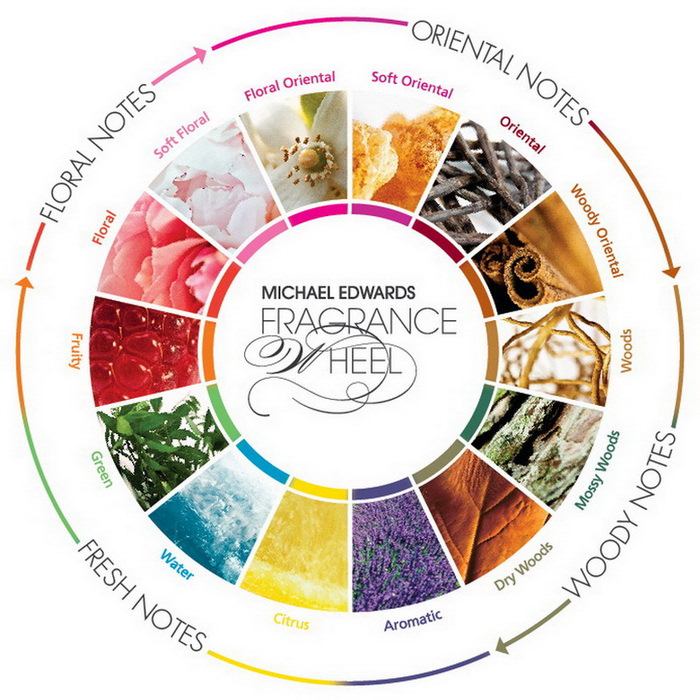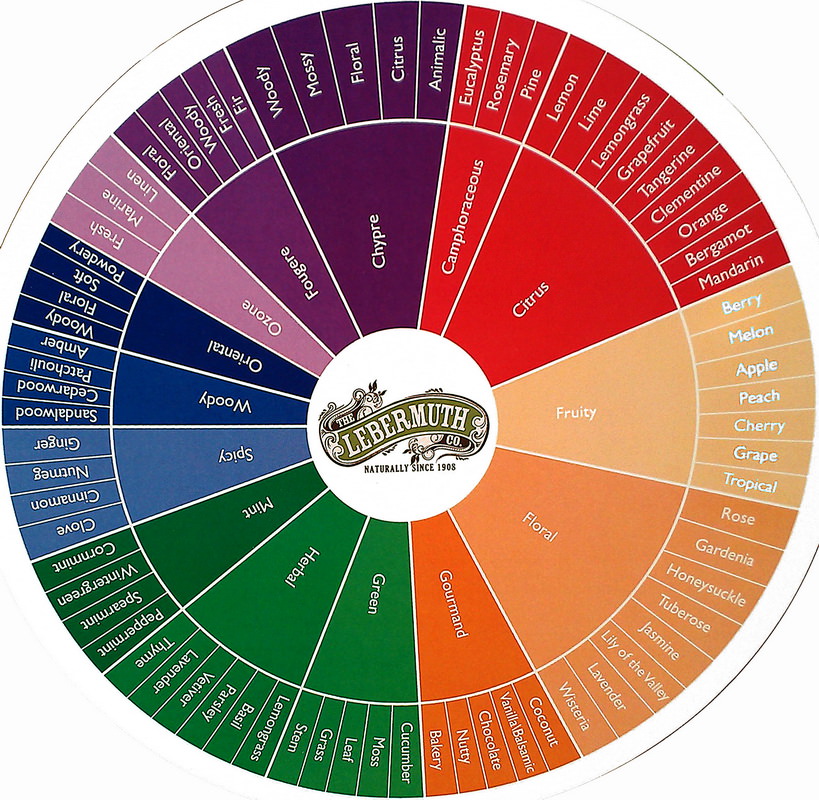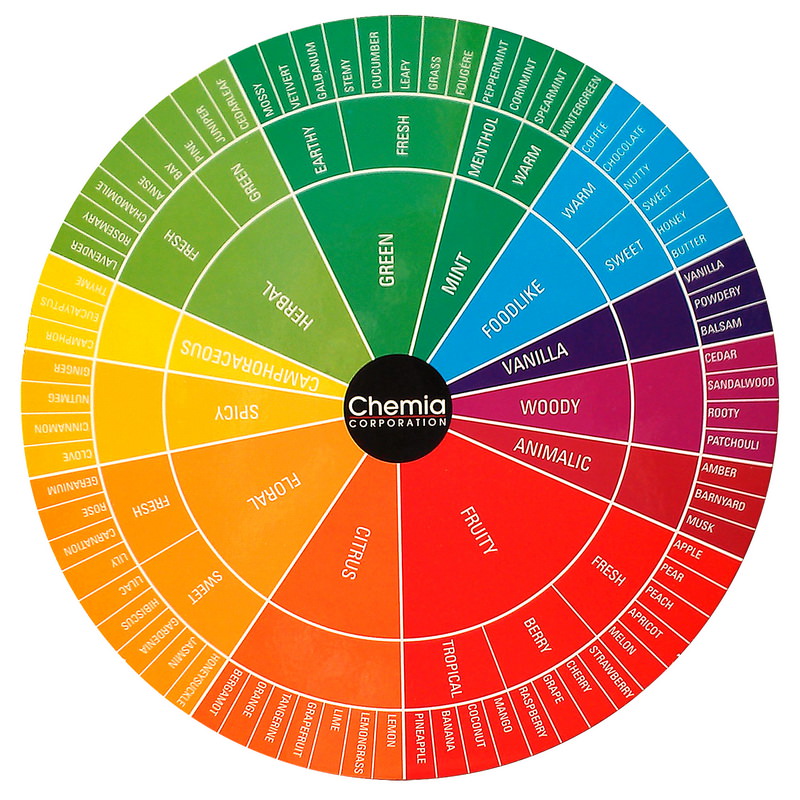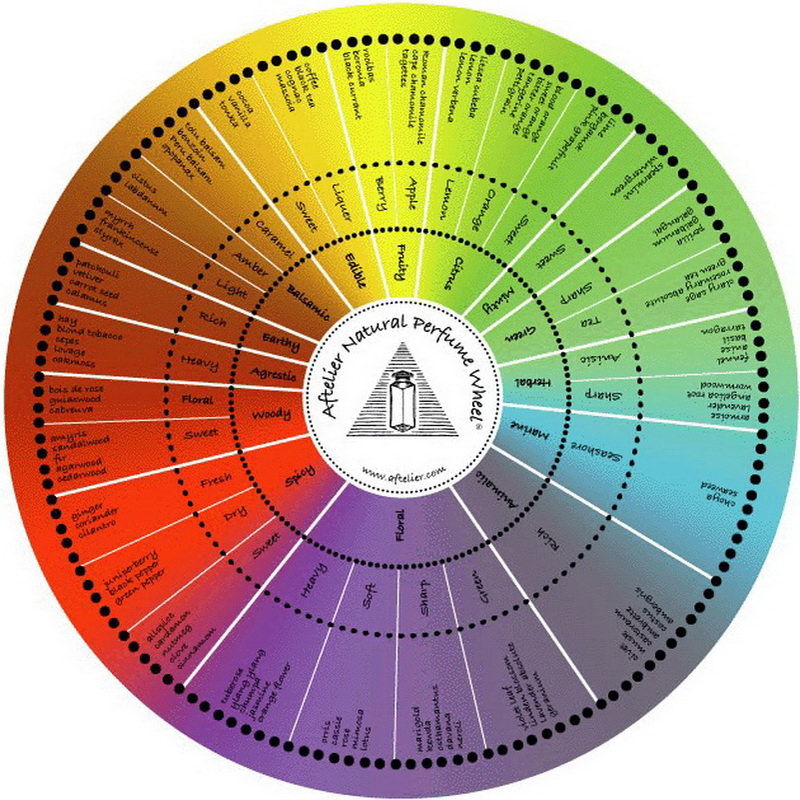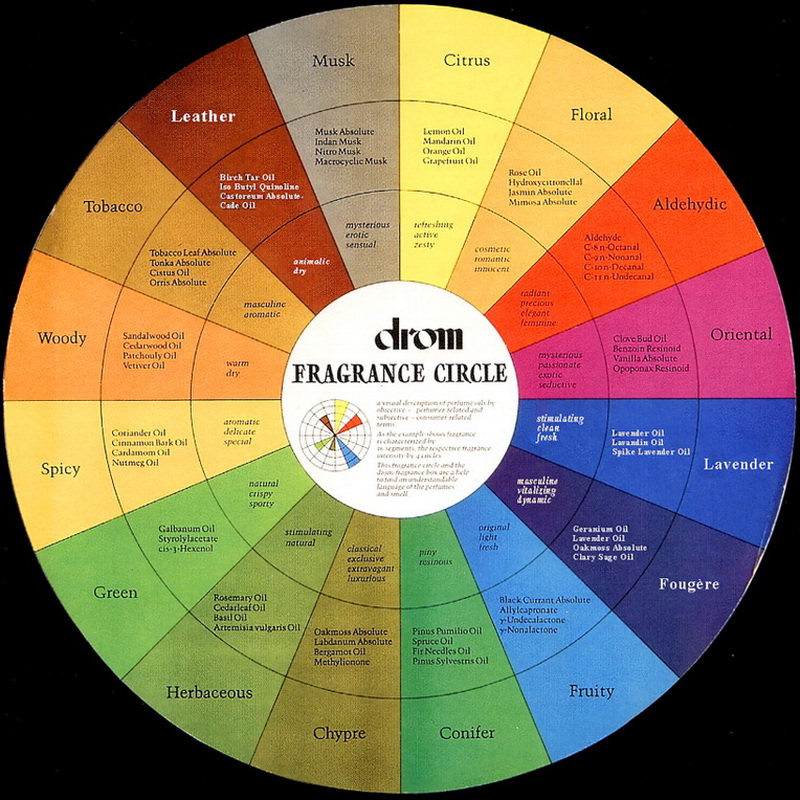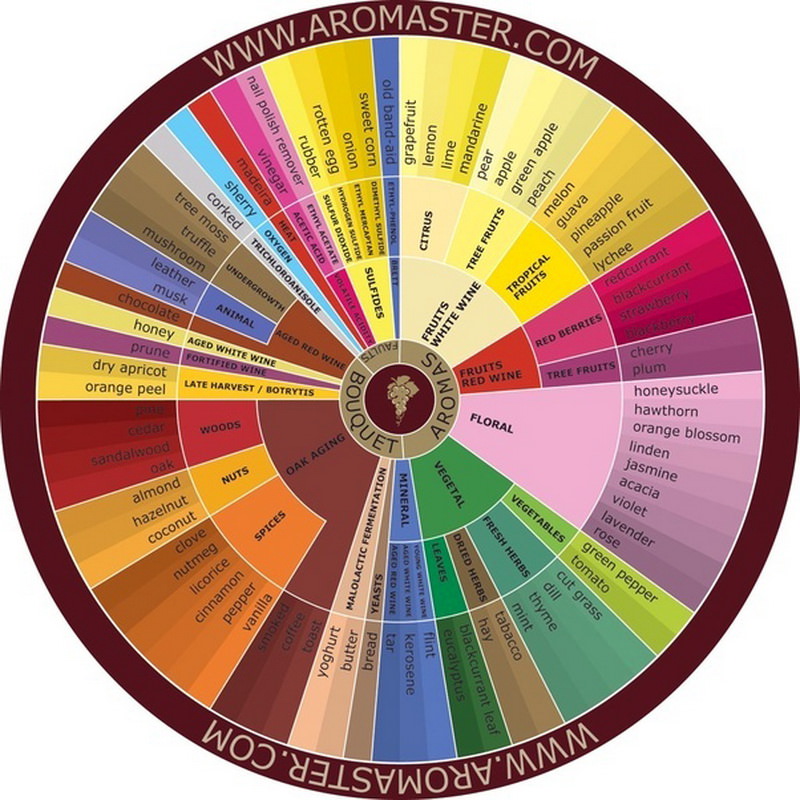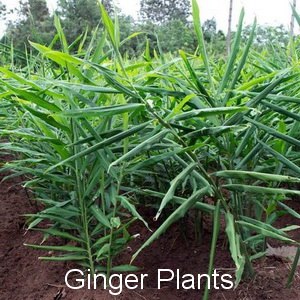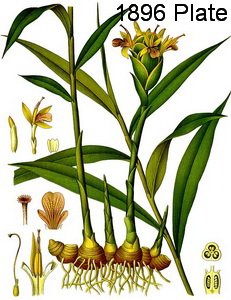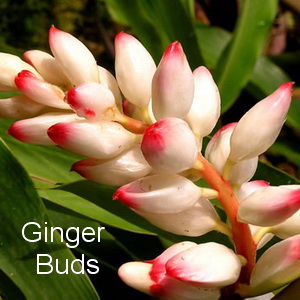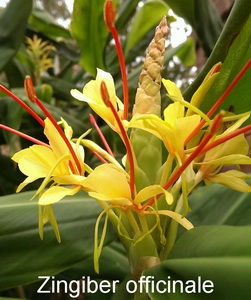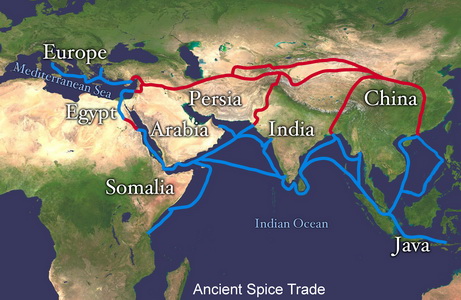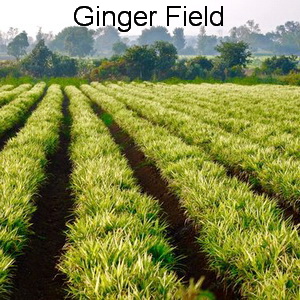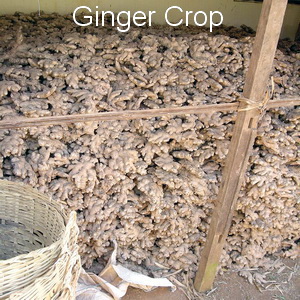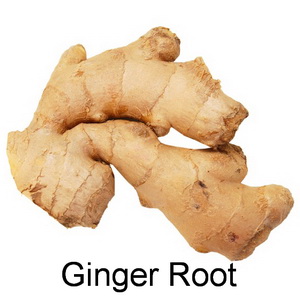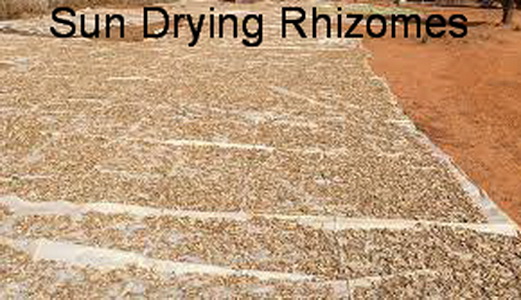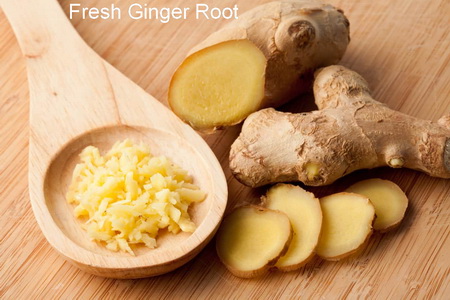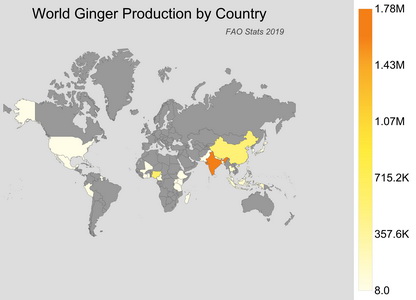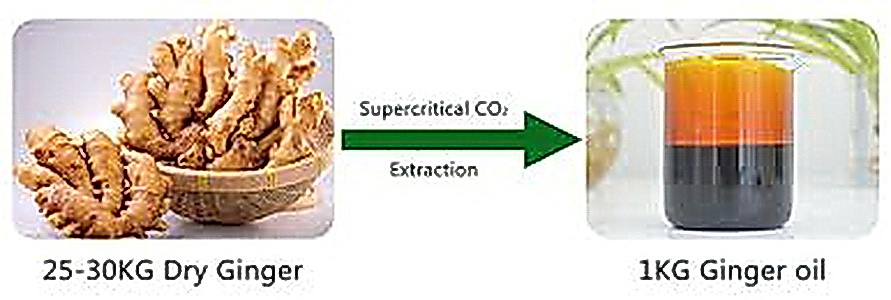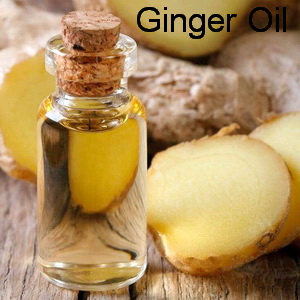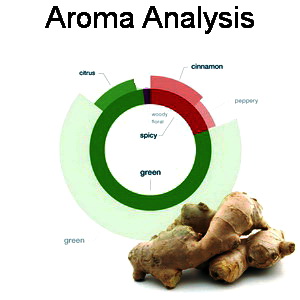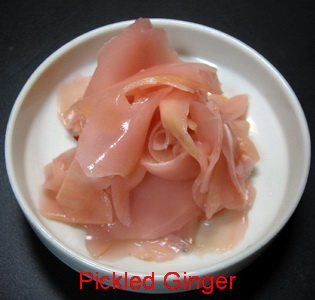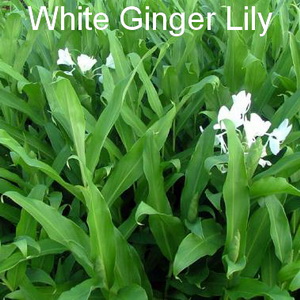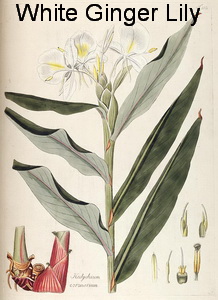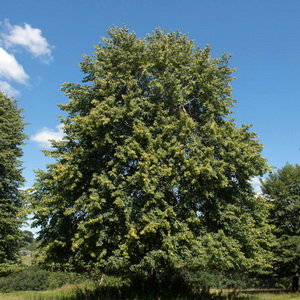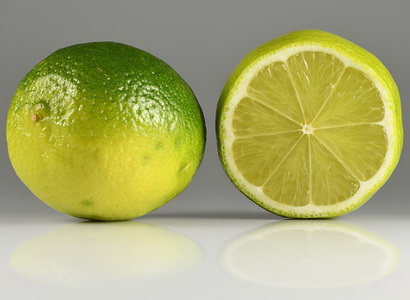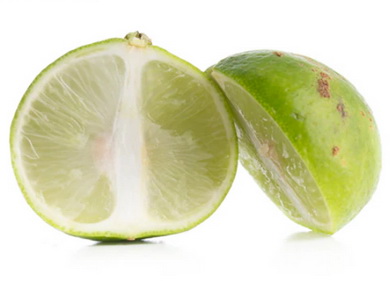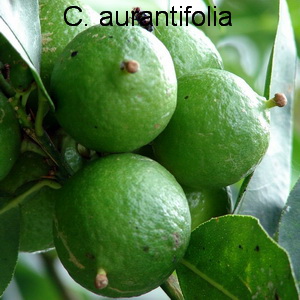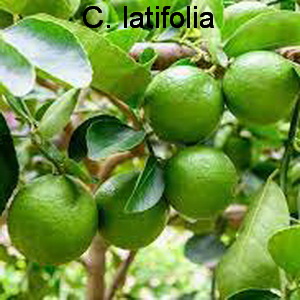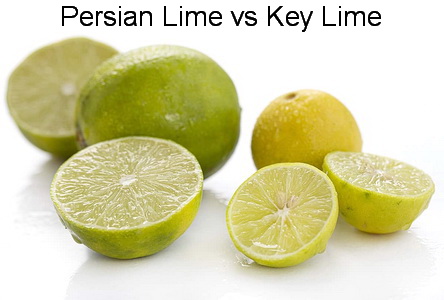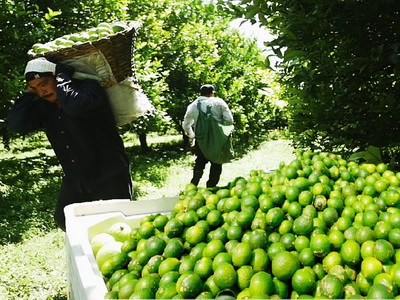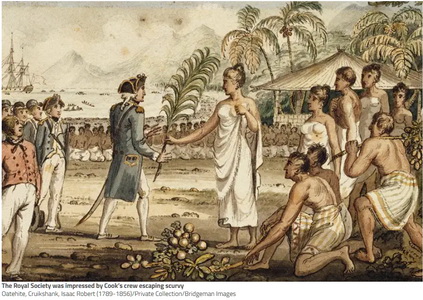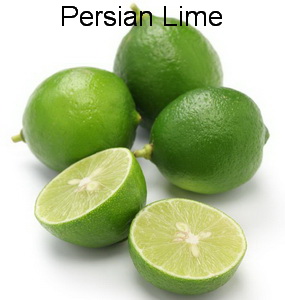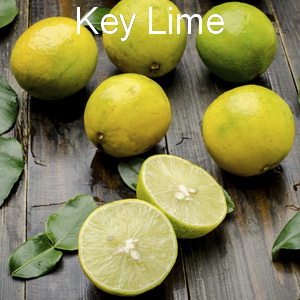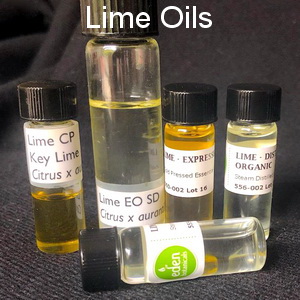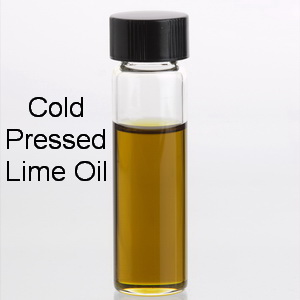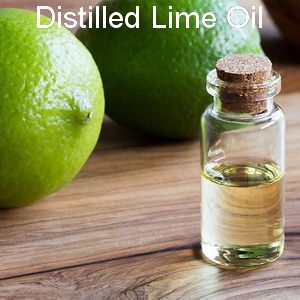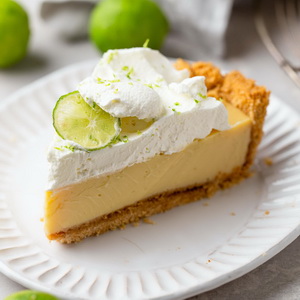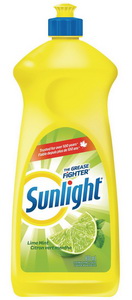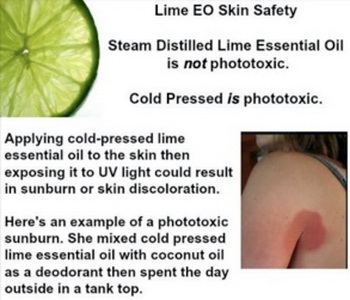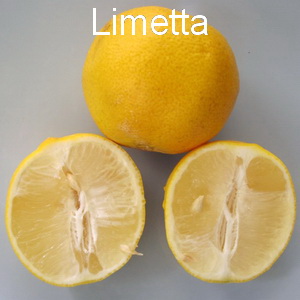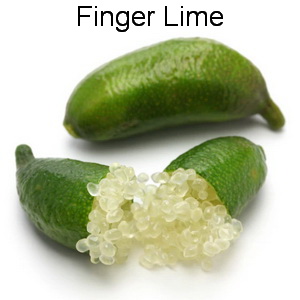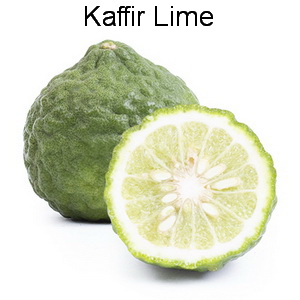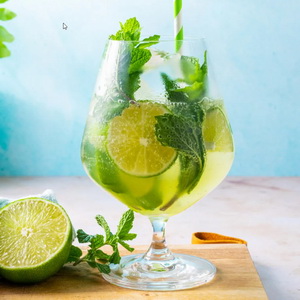Mint/Menthol/Coolness
Citrus, green leaves, tart fruit, and lily of the valley are all described as cool scents, but most are not actually cooling. While a 'cool' perfume merely evokes pleasant associations, a truly 'cooling' one is instantly refreshing. The mint family is characterized by this invigorating 'cooling' effect. Menthol, the main component of mint essence or essential oil, provides the trigger for this through TRPM8 cold-sensitive skin receptors. The essential oil of all mint types is extracted from the plants through steam distillation. The oils are clear to pale yellow, with watery viscosity. The mint group includes Japanese mint, English mint, apple mint, curly mint, pennyroyal, peppermind, pineapple mint, spearmint, and water or bog mint, among others. The most important ones commercially are peppermint (M. piperita), spearmint (M. spicata), and wild/field/corn mint (M. arvensis).
In general, mint provides a fresh lift to all fragrance types, accenting the top note. It combines well with white flowers, especially with orange blossom and jasmine, which it also balances. It has become more important as a single note in some modern products that feature 'natural' market positioning. Until fairly recently it was rarely used much in perfumery, probably because of the fact that a fragrance with a bright minty note tends to evoke associations with toothpaste or other hygiene products. Other than Guerlain Aqua Allegoria Herba Fresca or Mentafollia and certain summer limited editions like Cologne Le Male Summer, the majority of experiments with a dominant mint note have just been in minor niche perfumery. Fragrances with the subgroup smell of mint cocktails can be allocated into separate collections: mojito, caipirinha etc. Such accords can be found in vintage Calvin Kline Crave, L’Artisan Parfumeur Batucada, Tom Ford Costa Azzurra, A Lab on Fire Eau d’Ipanema, Demeter Caipirinha, Pierre Guillaume Croisière Mojito Chypre, and Guerlain Homme. Mint essential oil or menthol also can be a part of fresh citrusy accords, such as Diptyque Oyedo.
Mint
Mint (also known as mentha, from the Greek 'míntha' for the nymph that Pluto turned into a sweet-smelling herb), with over 40 species and hybrids, is a genus in the family Lamiaceae. The Lamiaceae (or Labiatae) are also known as the deadnettle family or sage family. Many of them, including widely used culinary herbs like basil, rosemary, sage, savory, marjoram, oregano, hyssop, thyme, lavender, and perilla, are aromatic in almost all their parts. These flowering plants can be shrubs, trees (such as teak), or rarely vines. Besides those grown for their edible leaves, some are grown for decorative foliage, such as Coleus. Others are grown for seed, like chia, or for their edible tubers, such as various exotic potatoes and Chinese artichoke.
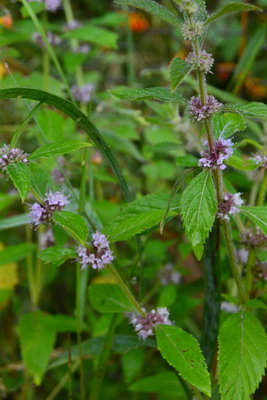
The alternative family name Labiatae refers to the fact that the flowers typically have petals fused into an upper lip and a lower lip ('labia' in Latin). The flowers are bilaterally symmetrical with five united petals and five united sepals. They are usually bisexual and verticillastrate (a flower cluster that looks like a whorl of flowers, but actually consists of two crowded clusters). The leaves emerge oppositely, each pair at right angles to the previous one (decussate) or whorled. The stems are frequently square in cross section, but this is not found in all members of the family.
The family has traditionally been considered closely related to the Verbenaceae (verbena or vervain family), and in the 1990s, phylogenetic studies suggested that many genera classified in the Verbenaceae actually should be classified in the Lamiaceae or in other families of the order Lamiales.
Peppermint and Spearmint
Peppermint (Mentha × piperita, also known as Mentha balsamea wild.) is a hybrid mint, a cross between water mint and spearmint, with spearmint already being a hybrid itself. Peppermint is occasionally found in the wild with its parent species. While Western peppermint is derived from Mentha piperita, Chinese peppermint (or 'Bohe') comes from the fresh leaves of Mentha haplocalyx.
Peppermint is indigenous to Europe and the Middle East, but it has been cultivated since the late 17th century and is mainly a cultivated species now. Cultivated plants have been selected for more and better oil content. Outside of its native range, areas where peppermint was formerly grown for essential oil often have an abundance of feral plants, and it is considered invasive in Australia, the Galápagos Islands, New Zealand, and the Great Lakes region of the U.S.
There are two main types of peppermint: black mint (also called English mint or mitcham mint) (rubescens nigra) and white mint (pallescens alba). Black mint provides most of the essential oil. The plant is generally harvested before it blooms, when it has the highest oil content, and/or during dry, sunny weather. It usually is harvested in the morning before the oil content is reduced by the sun.
The oil is obtained with steam distillation of the whole plant. The essential oil is nearly colorless. Usually, the shorter the distillation process, the higher the menthol content and the quality of the oil. Analysis of the chemical composition of the essential oil from peppermint (Mentha × piperita L.) demonstrates the main constituents to be menthol, menthone, and menthyl acetate, with the latter responsible for the minty aroma and flavor. The oil most often undergoes additional fractionating to remove unwanted components, such as the lightest fraction containing the unpleasant-smelling dimethyl sulfide. Japanese peppermint oil typically contains 85% menthol, while English oil has 60-70% and American oil 50-78%.
Black mint is cultivated in England, France, Germany, Argentina, Brazil, Romania, Hungary, Poland, Morocco, India, Ukraine, and many other locales. Peppermint is the most commonly used of the more than 25 species of the genus Mentha. In 2000-2006, world production was led by the United States, but more recently (2014) it has been claimed that Morocco and Argentina produce the largest harvests. In the United States, Oregon and Washington produce most of the country's commercial peppermint.
White peppermint is less hardy and less productive. It is an evergreen perennial that is similar to the black type but is a lighter shade of green and lacks the red or purple flush that appears on leaves and stems of the black variety. White peppermint essential oil, more delicate in aroma, is quite rare.
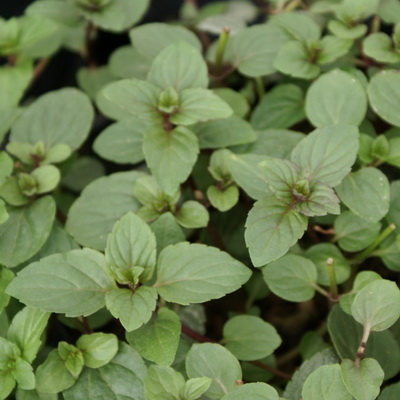
Peppermint was first described scientifically in 1753 by Carl Linnaeus from specimens that had been collected in England. He treated it as a species, but it is now universally agreed to be a hybrid. It is an herbaceous rhizomatous perennial plant that grows to be 30–90 cm tall, with smooth stems. The rhizomes are wide-spreading, fleshy, and bear fibrous roots. The leaves are downy and dark green with reddish veins, and they have an acute apex and coarsely toothed margins. The leaves and stems are usually slightly fuzzy. The flowers are white or purple, with a four-lobed corolla. They are produced in whorls around the stem, forming thick, blunt spikes. Flowering season lasts from mid- to late-summer. Peppermint is a fast-growing plant; once it sprouts, it spreads very quickly. Wild peppermint typically appears in moist habitats, including streamsides and drainage ditches. Being a hybrid, it is usually sterile, producing no seeds and reproducing only vegetatively, spreading by its runners.
In perfumery, peppermint oil interacts well with cedar, basil, bergamot, lime, marjoram, pine, rosemary, mandarin, and thyme. Very intense and more concentrated than most other steam-distilled essential oils, it is quite versatile as a middle note in fragrances, providing richness. At lower dilutions, it blends especially well with grapefruit and lemon top notes and lavender and eucalyptus middle notes.
In addition to its use in perfumery, peppermint has a variety of other applications. Fresh or dried peppermint leaves are often used alone in peppermint tea or with other herbs in teas (tisanes, infusions). Peppermint is used for flavouring ice cream, candy, fruit preserves, alcoholic beverages, chewing gum, and toothpaste, and as an odorant in some shampoos, soaps and skin care products.
Dried peppermint leaves have been found in Egyptian pyramids dating to 1000 BCE. Although it has been used in folk medicine for thousands of years for minor ailments (including topical use for muscle/nerve/joint pain or for itching), medicinal uses of peppermint have not yet been approved as effective or safe by the US Food and Drug Administration. With caution that the concentration of the peppermint constituent pulegone should not exceed 1% (140 mg), peppermint preparations are considered safe by the European Medicines Agency when used in topical formulations for adult subjects. Diluted peppermint essential oil is thought to be safe for oral intake so long as only a few drops are used. In this way, peppermint is commonly used as a digestive aid and for stomach complaints, headaches, respiratory symptoms, and nervous system disorders, and it is reputed to help concentration and focus. Although some have used peppermint oil for morning sickness, the oil has not been approved for use in pregnancy.
Although peppermint is commonly available as an herbal supplement, there are no established, consistent manufacturing standards for it, and some peppermint products may be contaminated with toxic metals or other substituted compounds. Skin rashes, irritation, or an allergic reaction may result from applying peppermint oil to the skin, and its use on the face or chest of young children may cause side effects if the oil menthol is inhaled. A common side effect from oral intake of high doses of peppermint oil is heartburn. Oral use of peppermint products may have adverse effects when used with iron supplements, cyclosporine, medicines for heart conditions or high blood pressure, or medicines to decrease stomach acid. The oil is undergoing preliminary research for its potential as a short-term treatment for irritable bowel syndrome. In high concentrations, ingested peppermint oil can cause abortions and should not be used by pregnant women.
Peppermint flowers provide nectar for organisms such as honeybees, but the plant's oil has a high concentration of natural pesticides, mainly pulegone and menthone, and is known to repel some pest insects such as mosquitos.
A less common peppermint chemotype is lemon mint or bergamot mint (Mentha citrata Ehrh). Its essential oil has a smell recalling lavender and bergamot, and it contains almost no menthol. This oil is rarely used in perfumery since it is much more expensive than bergamot and lavender oils.
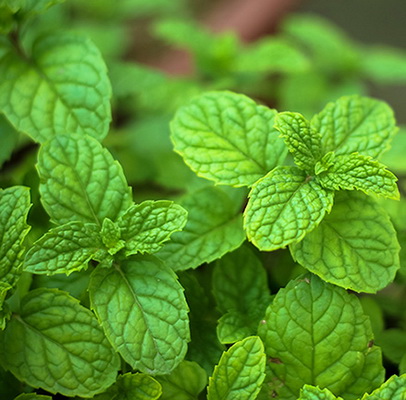
Another important species in the genus is spearmint (Mentha spicata, from the Latin 'bearing a spike,' or Mentha viridis), which is actually a hybrid of horse mint (Mentha longifolia or Mentha silvestris) and round-leaved mint (Mentha rotundifolia, itself a hybrid). Spearmint originated in Italy and France. Various types of spearmint are cultivated now in the U.S., Great Britain, Germany, and Japan. It is a perennial herbaceous plant, 30–100 cm tall, with variably hairless to hairy stems and foliage and a wide-spreading fleshy underground rhizome from which it grows. The leaves have a serrated margin, and the stem is square-shaped. Spearmint produces flowers in slender spikes, each flower pink or white in colour. Spearmint blooms in the summer (from July to September in the northern hemisphere).
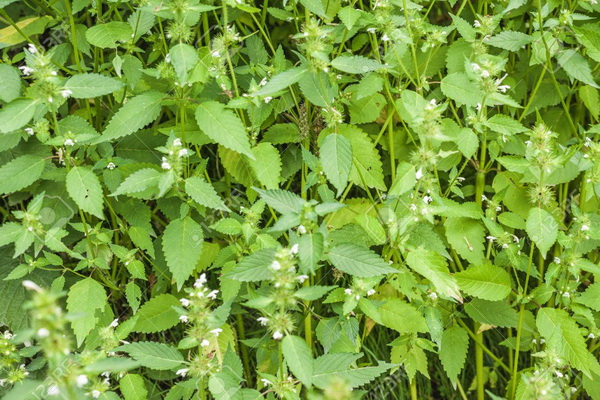
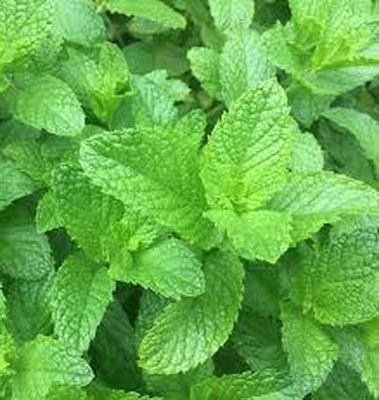
Mentha spicata was first described scientifically by Linnaeus in 1753. It is indigenous to the eastern Mediterranean, from Italy to Egypt. Mention of spearmint dates back to at least the 1st century AD, with description by the naturalist Pliny and references in the Bible. Ancient mythology also has descriptions of mint, including spearmint. It was introduced into England through the Romans by the 5th century, and early versions of toothpaste using mint in the 14th century suggest widespread domestication by that point. John Gerard's Herbal (1597) states that: "It is good against watering eyes and all manner of break outs on the head and sores. It is applied with salt to the biting of mad dogs," and "They lay it on the stinging of wasps and bees with good success." He also mentions that "the smell rejoice the heart of man, for which cause they used to strew it in chambers and places of recreation, pleasure and repose, where feasts and banquets are made." Spearmint is documented as being an important cash crop in Connecticut during the time of the American Revolution, at which time mint teas were popular because they were not taxed.
Chemically, spearmint essential oil is quite different from peppermint oil, with the major aromatic component being L-carvone, and menthol and menthone generally not exceeding 1%. L-carvone has a sweet minty smell, while its mirror enantiomer D-carvon (a main component of caraway essential oil) smells spicy and harsh. Spearmint oil also contains significant amounts of limonene, dihydrocarvone, 1,8-cineol, and carvyl acetate. Unlike oil of peppermint, oil of spearmint contains minimal amounts of menthol and menthone.
Unlike peppermint oil, spearmint oil has had few specific medical uses, but it has been used some in traditional medicines for minor ailments such as fevers and digestive disorders. It is widely used as a flavoring in toothpastes and chewing gums and to add aroma to shampoos and soaps. Spearmint leaves are infused in water to make spearmint tea, and it is an ingredient of the famous Moroccan Maghrebi mint tea. Spearmint is an ingredient in several mixed drinks, such as the mojito and mint julep. Sweet tea, iced and flavoured with spearmint leaves, is a summer tradition in the southern United States.
Spearmint essential oil has had some success as a larvicide against mosquitoes. Using spearmint as a larvicide is reputed to be a 'greener' alternative to synthetic insecticides due to the latter's toxicity and adverse environmental effects. Used as a fumigant, spearmint essential oil is an effective insecticide against adult moths.
Another common but less widely used mint species is corn mint (lat. Mentha arvensis L.), with several chemotypes whose essential oils mainly are used for menthol. A final plant classically similar to mint is geranium, due to the presence of menthone. Mint and geranium can be found combined in Frédéric Malle Géranium pour Monsieur, a scent said to be inspired by traditional fragrant Moroccan soap.
Menthol Crystals or Flakes
Menthol (a terpene alcohol, commonly called mint camphor or peppermint camphor) is an organic compound made synthetically or obtained from the oils of mints. It is a waxy, crystalline substance, clear or white in color, solid at room temperature and melting slightly above that. Naturally occurring menthol (l-menthol) is the l-rotatory enantiomer, while synthetic menthol is racemic, consisting of equal amounts of both enantiomers.
Peppermint and wild mint (Mentha arvensis), primarily grown in the Uttar Pradesh region of India, are the primary species of mint used to make natural menthol crystals and flakes. The crystals are obtained by freezing and then filtering the essential oil. Menthol flakes are crystals reduced to a powder. India and China are the largest producers of the world's natural menthol.
It is said to have been known to the Japanese for more than 2000 years. In the West, menthol was first isolated chemically in 1771 by Hieronymus David Gaubius. It was named in 1861 by F.L. Alphons Oppenheim.
Stimulating the cold-sensitive TRPM8 receptors in the skin and mucosa, menthol causes the cooling sensation when it is inhaled, eaten, or applied topically (similar to the heat-sensor effect of capsaicin, the chemical responsible for the spiciness of chili peppers). It has a characteristic 'cold' smell, transparent and clean, with camphoric, green, and spicy tones. The corresponding ketone, menthone, has a minty smell with much brighter, herbal-green, anisic effects. In perfumery, menthol primarily is used to prepare menthyl esters, which emphasizer floral notes (especially rose) in fragrances. In perfumes and cosmetics, it has some disadvantages: it is quite volatile; has a verybright smell that is difficut to fit into aromatic compositions; has a bitter taste; and in higher concentrations, provokes a sensation of burning. Chemical investigations of menthol and similar 'cooling' materials have been conducted for almost a century, and about 1200 new entities have been synthesized, some more cooling than menthol, less volatile, and not bitter tasting. But few of them have been used yet in perfumery.
Menthol is included in many consumer products, including:
-nonprescription lip balms, cough medicines, and relievers of sore throat and minor mouth or throat irritation
-antipruritics
-topical analgesics, sometimes combined with camphor, eucalyptus oil, or capsaicin
-patches to reduce children's fevers
-transdermal drugs (as a penetration enhancer)
-decongestants for chest and sinuses (cream, patch, or nasal inhaler)
-sunburn medications (often associated with aloe)
-first aid products such as 'mineral ice' to produce a cooling effect as a substitute for ice in the absence of water
-aftershave products
-some cigarettes, for flavor and to reduce mucosal irritation (and also increasing nicotine addictive potential)
-oral hygiene products and bad breath remedies
-chewing gum and candy
-beauty products such as hair conditioners
Menthol's analgesic and counterirritant properties are mediated through selective weak activation of dermal agonist kappa-opioid receptors and blockage of voltage-sensitive sodium channels, which reduces neural activity. Studies show that it acts as a GABA receptor-positive modulator. Its anesthetic properties are similar to those of propofol. In 2017 it was the 193rd most commonly prescribed medication in the U.S., with more than 2 million prescriptions. It has been used in upper gastrointestinal endoscopy as an antispasmodic and smooth muscle relaxant. Menthol is used in dental care as a topical antibacterial agent, effective against several types of streptococci and lactobacilli.
It is used as a pesticide against tracheal mites of honey bees.
Most mint fragrances are deemed unisex, but some are somewhat sharper and aimed more toward men.
'Masculine' Fragrances with Mint or Menthol:
Abercrombie & Fitch 1892 Yellow
Al-Rehab Romantic
Altika Yves Rocher
Alt-Innsbruck Eau de Cologne
Amouage Beach Hut Man
Annick Goutal Eau de Monsieur
Aramis Surface
Armani Code Sport Giorgio
Avon Prime, Real, Musk Marine
Axe Shock, Black Chill
Azzaro pour Homme Wild Mint, Aqua
Barbasol Brisk, Pacific Rush
Battistoni Marte Red Planet, Marte 61
Calvin Klein Crave
Cartier Roadster
Chanel Bleu, Allure Homme Sport Eau Extreme
Creed Royal Mayfair
Davidoff Cool Water (various)
Durance en Provence Fresh Mint
Dzintars Hit Yellow, Lucky No.15
Emper Bandit
Frédéric Malle Géranium pour Monsieur
George F. Trumper Paisley
Givenchy Gentlemen Only Parisian Break
Guerlain Homme (various)
Hugo Boss Mats Hummels, Orange Made for Summer, Iced, Just Different
Humiecki & Graef Eau Radieuse
Issey Miyake Sport Mint
Jean Paul Gaultier Le Male (various)
Jequiti Champs Fort, Merci, l'Attitude Musique
Judith Williams Man No.2
Kanebo Goce
Korres Aktis
Liz Claiborne Curve Wave
l'Occitane Verdon
Marco Serussi White
Massimo Dutti Island Accord
Master Perfumer Grey Fougere No.9
Mennen Skin Bracer
Milton Lloyd America Sport, Colour Me Blue
Montblanc Legend Special Edition 2014
Mugler Kryptomint, A*Men (various)
Nautica Voyage Heritage, Midnight Voyage
Nickel Ulla Lala
Oriflame Glacier Fire, Eclat Toujours, Free Motion, Venture
Paco Rabanne One Million, Ultraviolet
Phaedon Oriental Mint
Pierre Cardin Signe
Prada Luna Rossa
Proraso Green
Ralph Lauren Big Pony No.3
Ricardo Ramos ZirYab Peppermint
Shirley May Sapphire Man
Versace Eros
Williams Aqua Velva Menthol Mist
Xerjoff Renaissance
Yves Rocher Altika, Eryo Blue, Bois de Cedre et Citron, Comme Une Evidence Green
Yves St. Laurent Live Jazz
Zara Man Silver Winter, 2012


